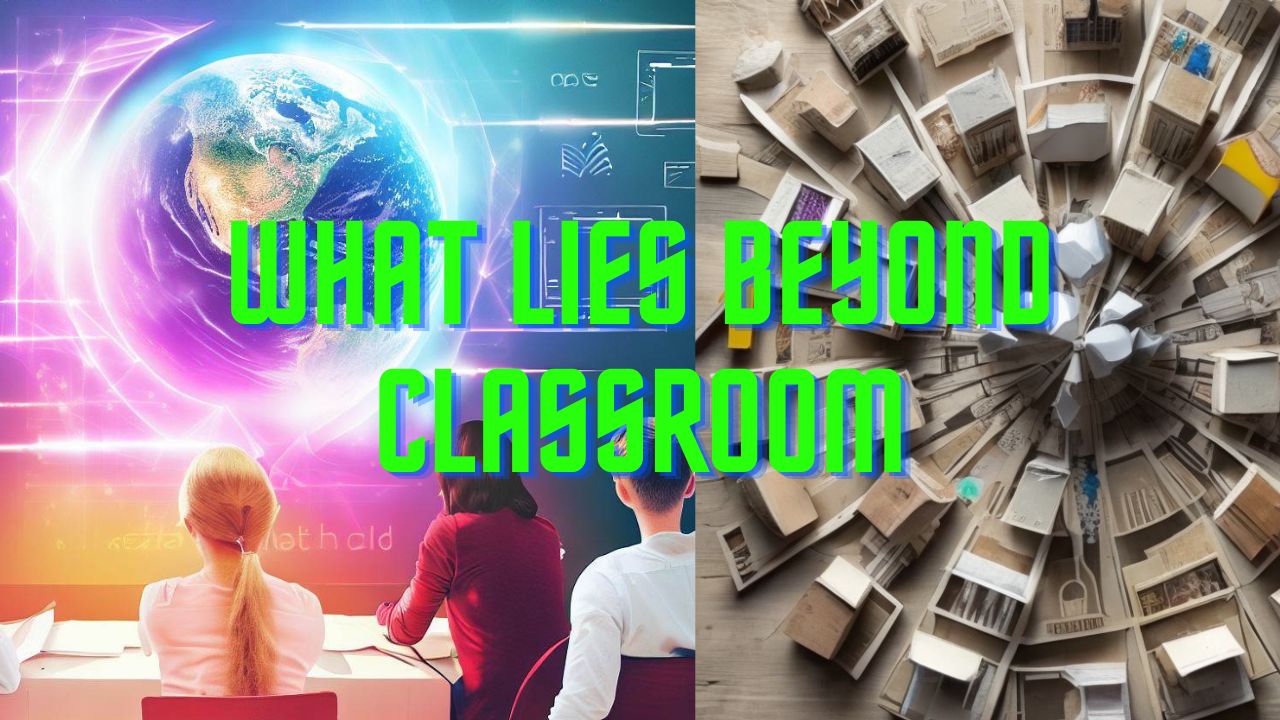Beyond the Four Walls of the Classroom: Enhancing Education, Teaching, and Creativity
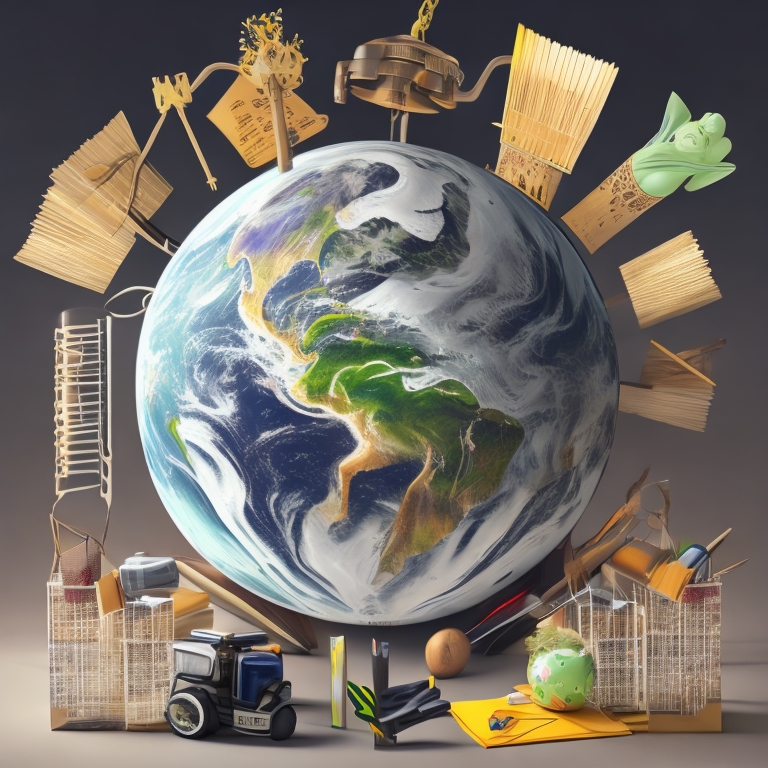
Education is no longer confined to the traditional four walls of a classroom. With the advent of technology, the possibilities for learning have expanded beyond the confines of physical space. Embracing innovative approaches and incorporating activities that go beyond traditional teaching methods can greatly enhance the educational experience, foster creativity, and prepare students for the challenges of the 21st century. In this blog post, we will explore how education, teaching, and creativity can be enhanced by going beyond the classroom and provide practical examples of activities that can be implemented. We will also discuss the transformations that schools and educational institutions need to undergo to make this happen.
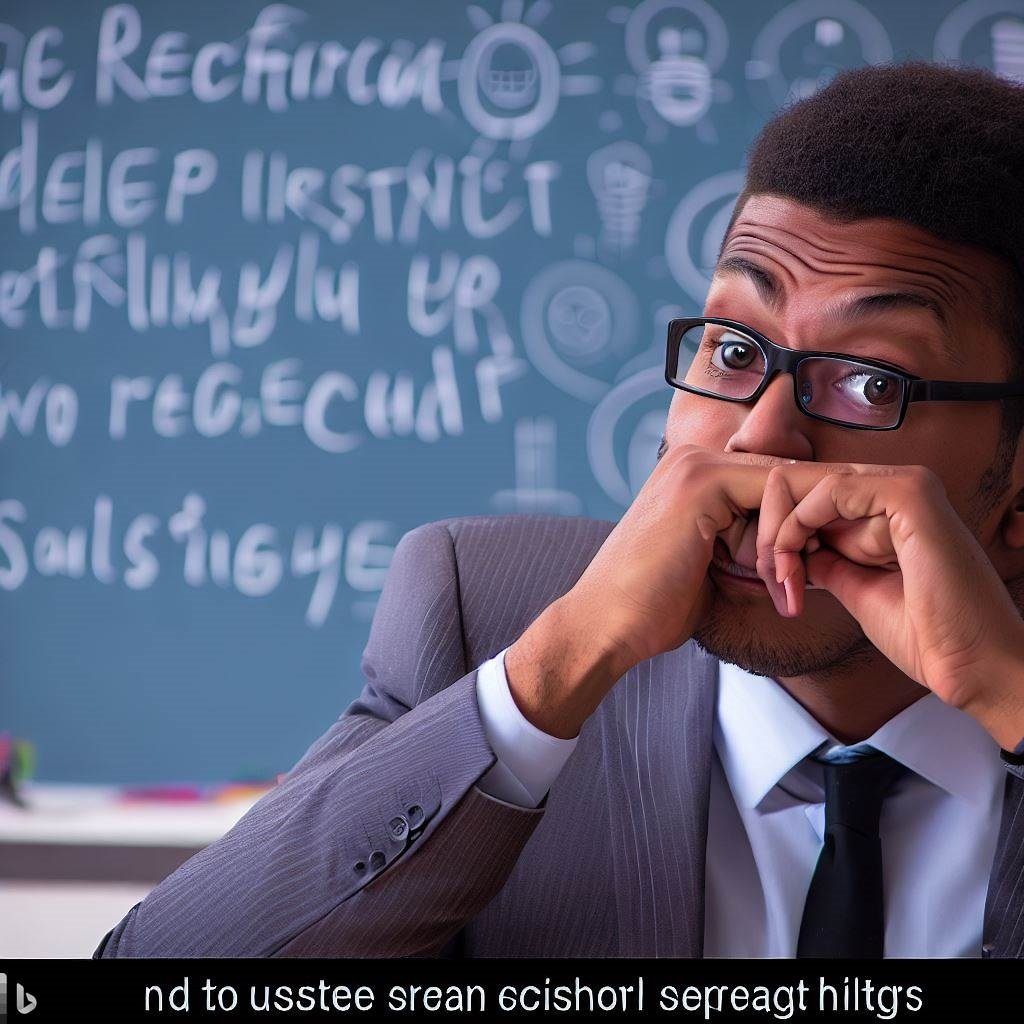


Engaging in Experiential Learning: Experiential learning involves active engagement and hands-on experiences that enable students to apply their knowledge in real-world situations. Educational institutions can organize field trips, workshops, or internships that allow students to step out of the classroom and explore practical applications of their learning. For example, a science class could visit a local research lab to witness scientists in action, or a history class could take a trip to historical sites to deepen their understanding of the past.


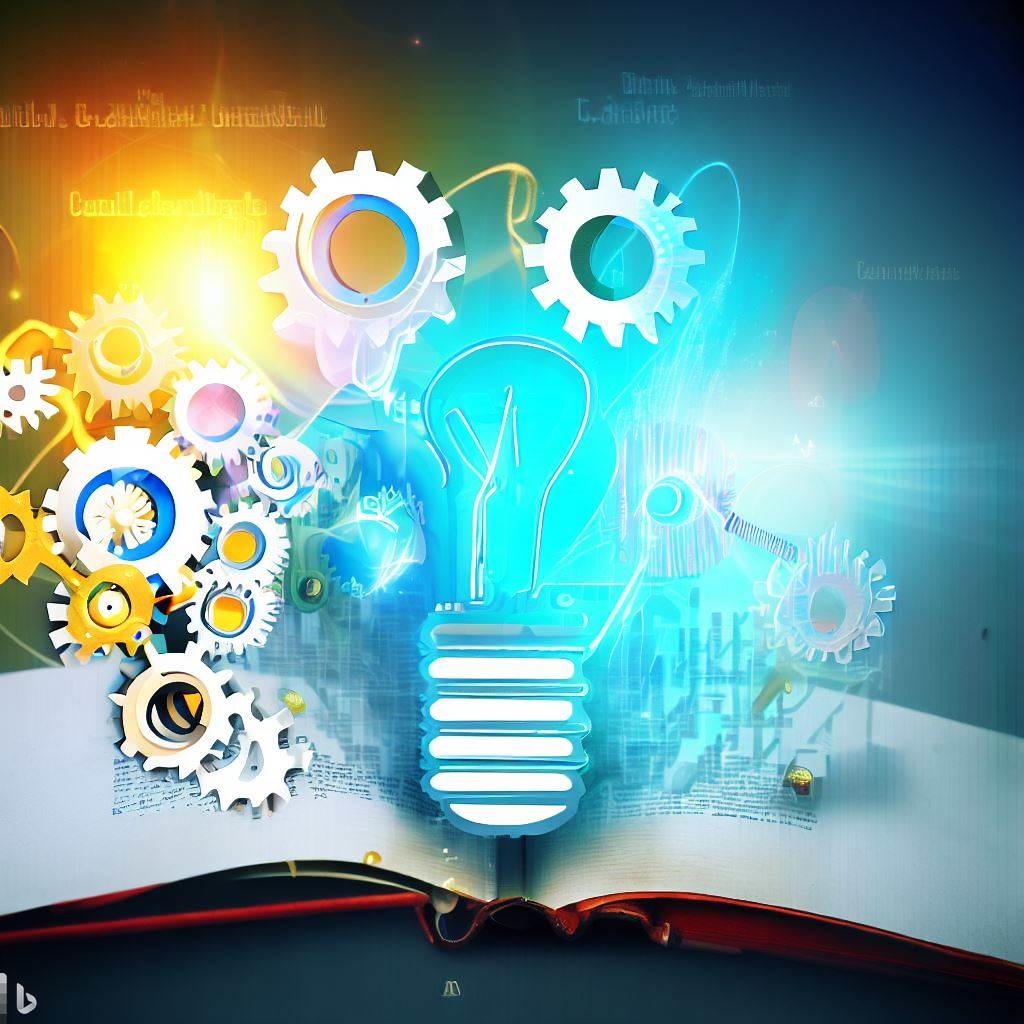
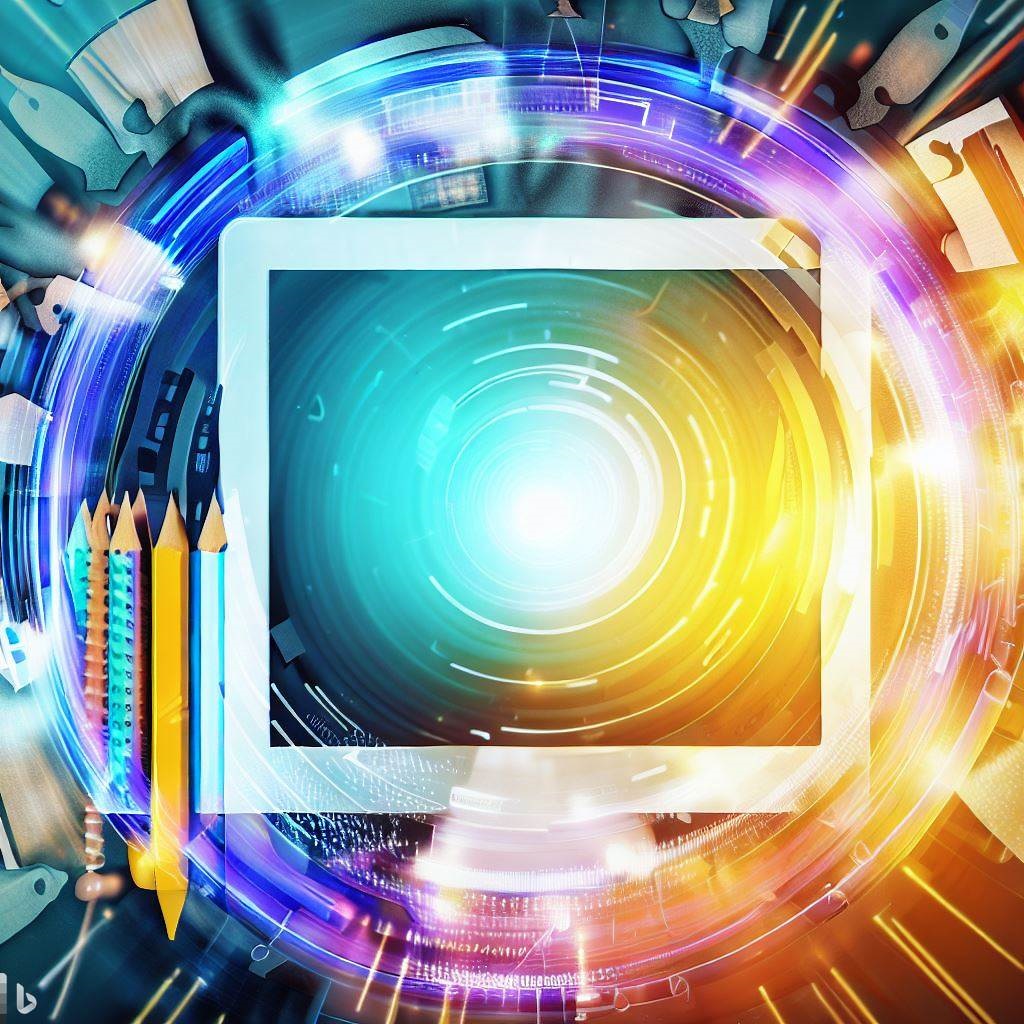
Utilizing Technology and Online Resources: Technology offers a vast array of tools and resources that can enhance education and creativity. Virtual reality (VR) and augmented reality (AR) can transport students to different environments and eras, making learning more immersive and engaging. Online platforms, educational websites, and interactive learning applications provide opportunities for personalized learning and self-paced education. Teachers can leverage these resources to create interactive lessons, collaborate with other educators globally, and provide students with access to a wealth of knowledge beyond the classroom walls.
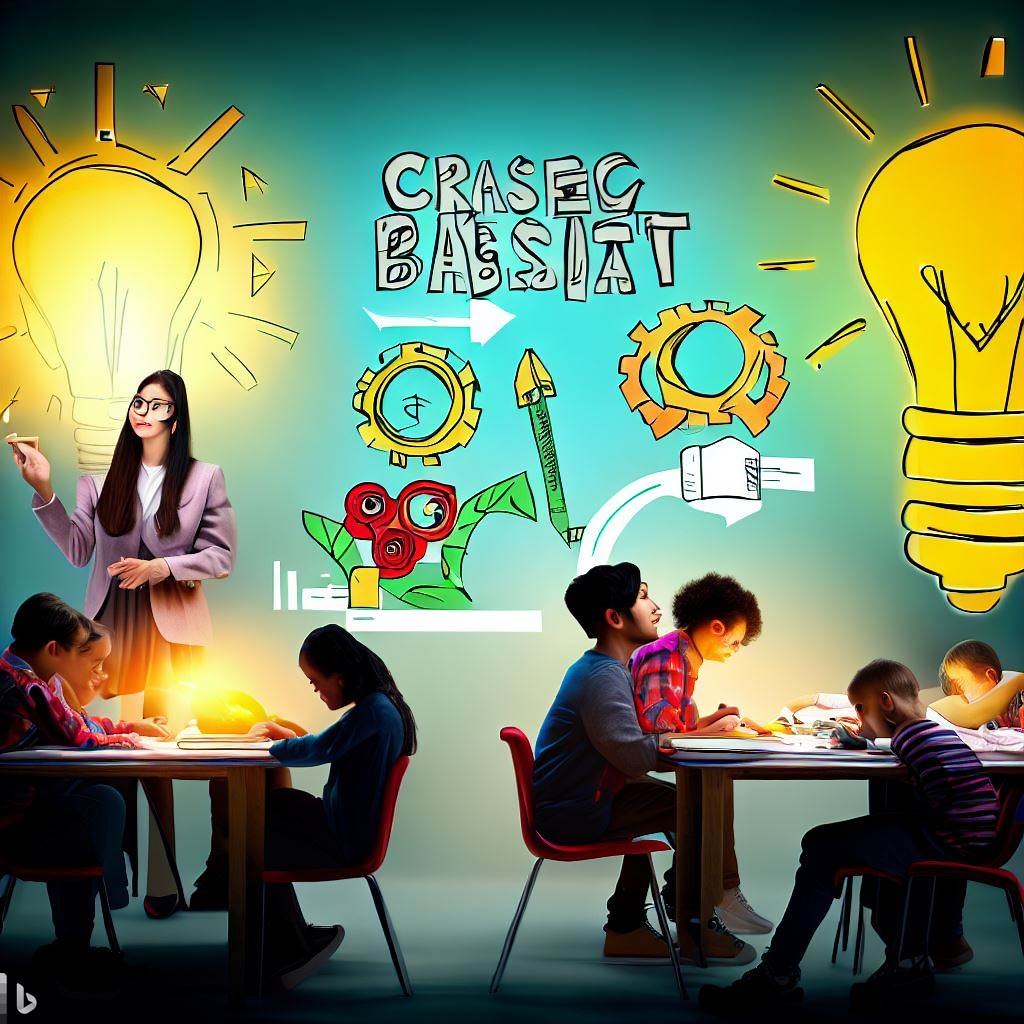
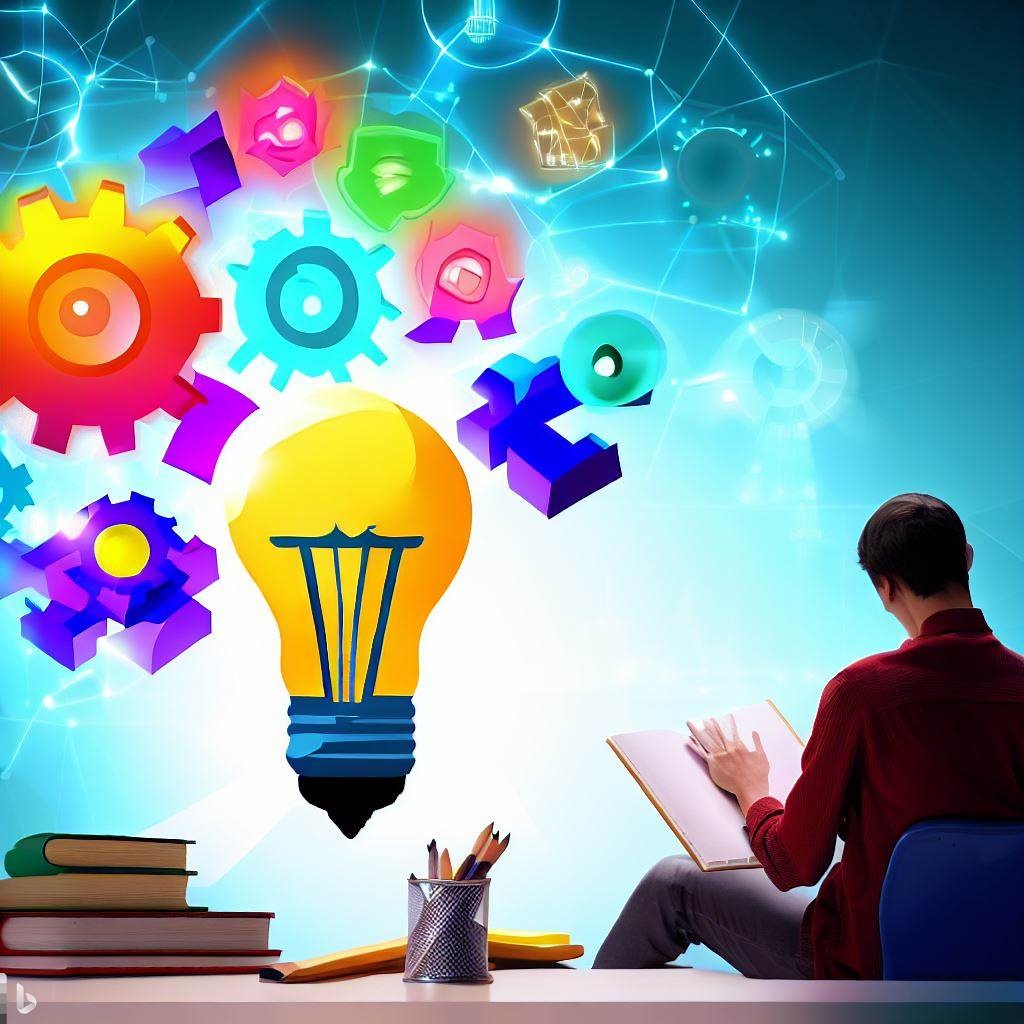
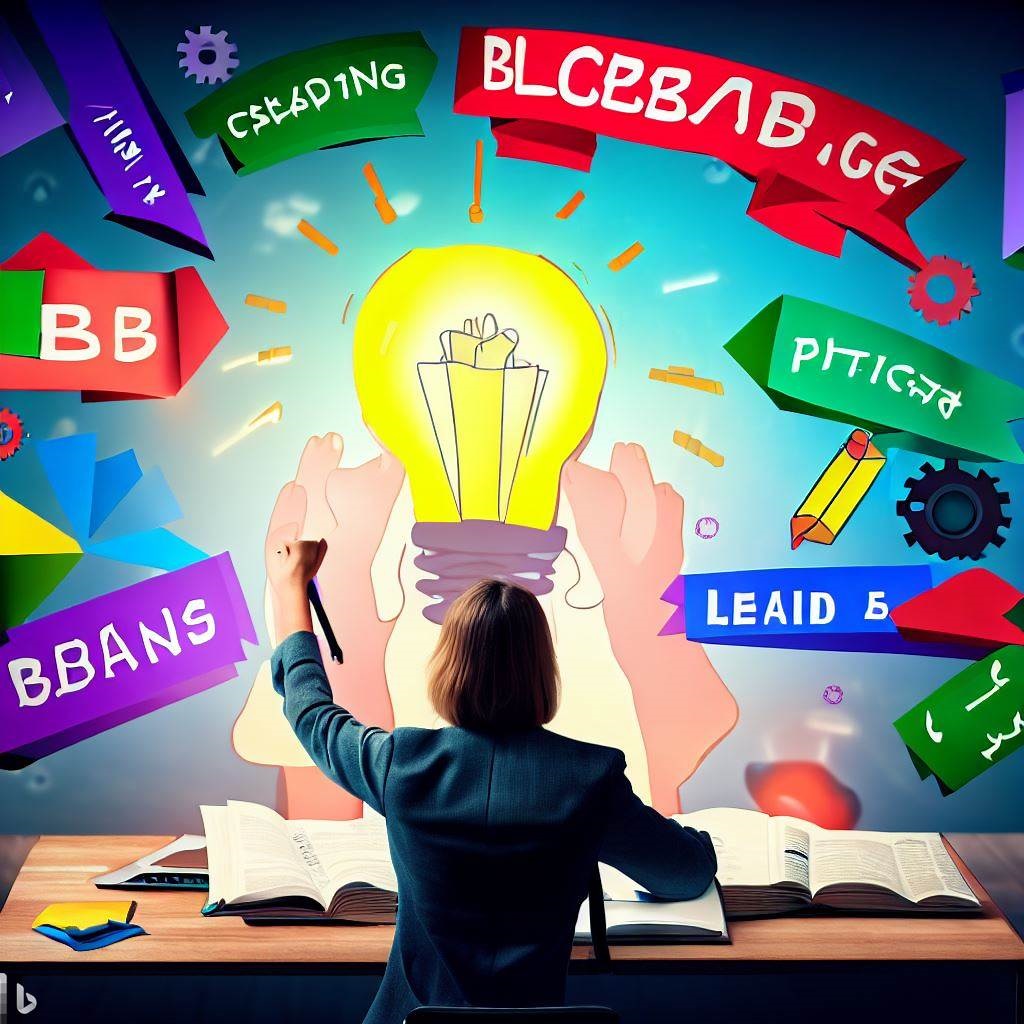
Encouraging Project-Based Learning: Project-based learning allows students to tackle real-world problems and challenges by working on projects that align with their interests and passions. These projects promote critical thinking, problem-solving skills, and creativity. Schools can allocate dedicated spaces, such as maker spaces or innovation labs, where students can collaborate, experiment, and bring their ideas to life. By engaging in project-based learning, students develop valuable skills and learn to apply their knowledge in practical ways.

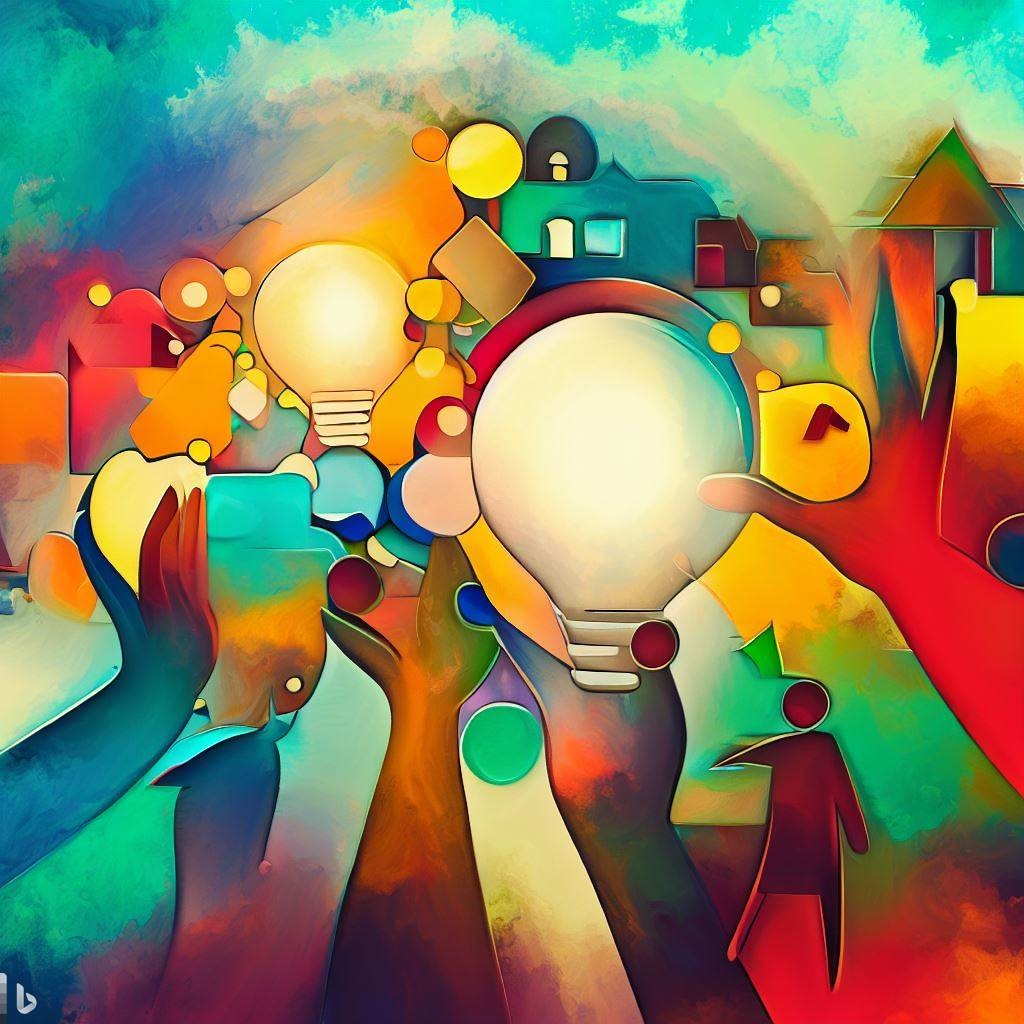
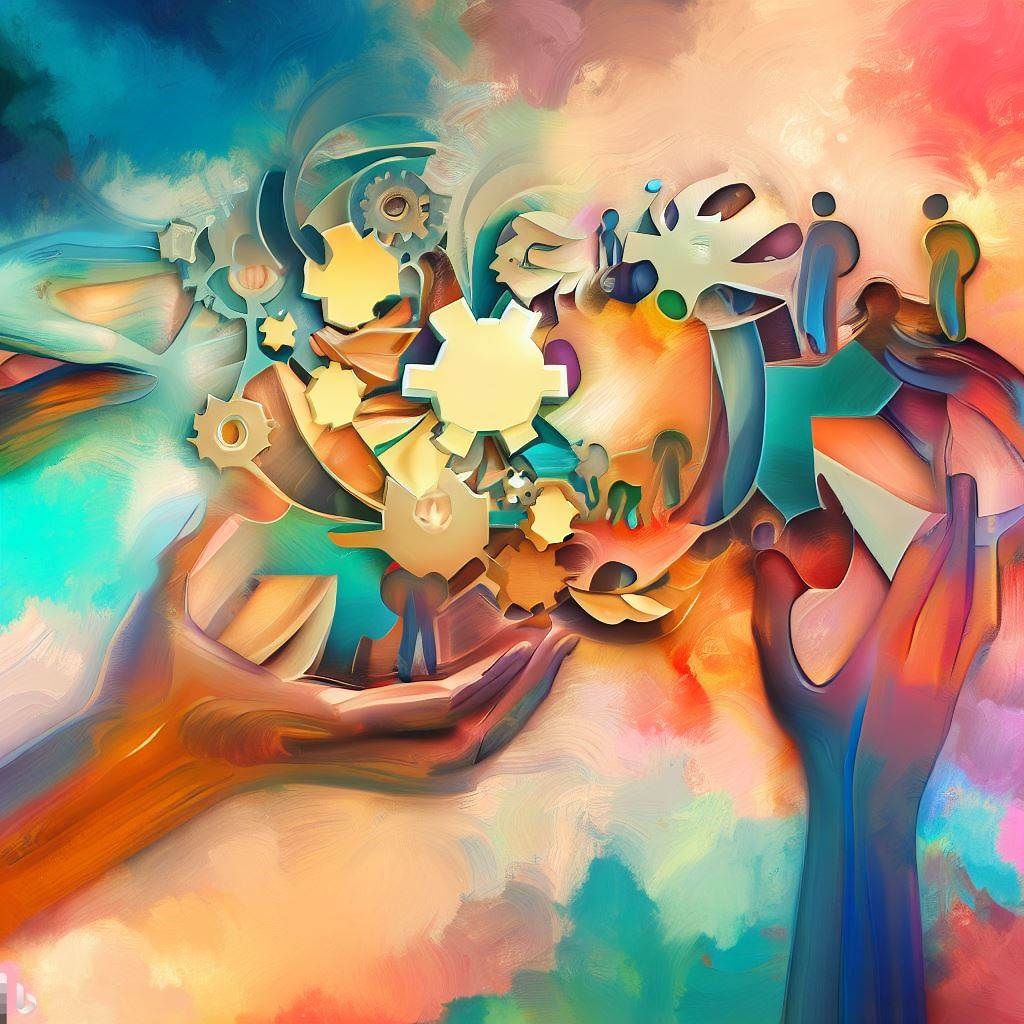
Fostering Community Engagement: Schools can strengthen their connection with the local community by encouraging students to engage in community service or participate in collaborative projects with local organizations. This fosters a sense of civic responsibility and provides students with opportunities to apply their knowledge and skills in real-life contexts. For instance, students could partner with a local environmental organization to organize a tree-planting campaign or collaborate with a local art gallery to curate an exhibition.
Transforming Schools and Educational Institutions: To make education beyond the classroom a reality, schools, and educational institutions need to undergo significant transformations:
- Flexible Learning Spaces: Schools should provide versatile learning environments that can be adapted to different teaching and learning styles. This includes creating open spaces, incorporating movable furniture, and utilizing technology to facilitate collaboration and creativity.
- Teacher Professional Development: Educators need ongoing professional development to familiarize themselves with innovative teaching practices and tools. Training programs should focus on integrating technology, project-based learning, and experiential learning into the curriculum.
- Collaboration and Partnerships: Establishing partnerships with local businesses, organizations, and universities can provide students with access to expertise, resources, and real-world experiences. Collaboration between schools, teachers, and students can also foster a culture of sharing and innovation.
- Evaluation and Assessment: Traditional methods of evaluation and assessment may not adequately capture the skills and competencies developed through non-traditional learning experiences. Schools need to develop alternative assessment methods that measure creativity, critical thinking, problem-solving, and collaboration.
Conclusion: By embracing the concept of education beyond the four walls of the classroom, schools can create transformative learning experiences for students. Engaging in experiential learning, utilizing technology, encouraging project-based learning, and fostering community engagement are some of the ways to enhance education, teaching, and creativity. However, for this transformation to occur, schools and educational institutions must be willing to adapt their physical spaces, invest in technology, provide professional development for teachers, and rethink traditional evaluation methods. By doing so, we can unlock the full potential of students and prepare them for a future that demands creativity, adaptability, and critical thinking.
More interesting articles
Identify five values of civic education
Scope of Educational Technology
10 Advantages of E-Learning in Schools
Teacher training courses – Interactive Teaching Methods
CBSE Health and Physical Education Syllabus
top 20 schools in west bengal- 2022 Ranking
pocso training for teachers | pocso act in english | pocso act explained | Ideate training
cbse vs ncert | cbse aur ncert mein kya antar hai |cbse and ncert difference in hindi
Discover more from News 24 Media
Subscribe to get the latest posts to your email.


